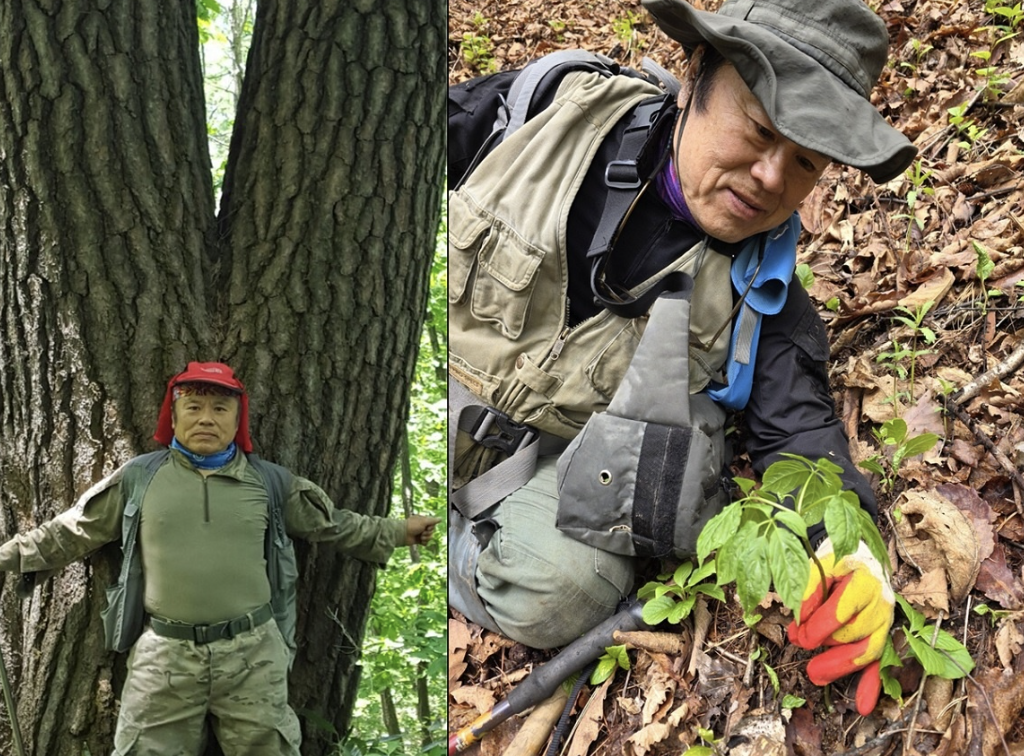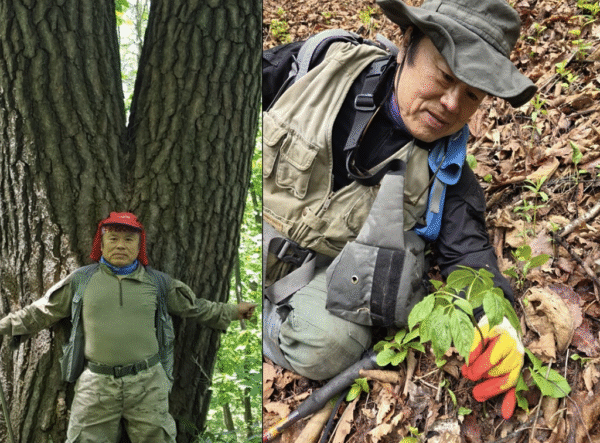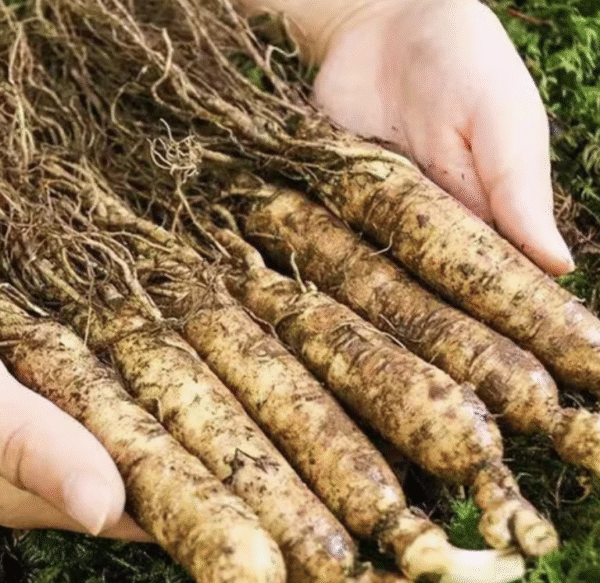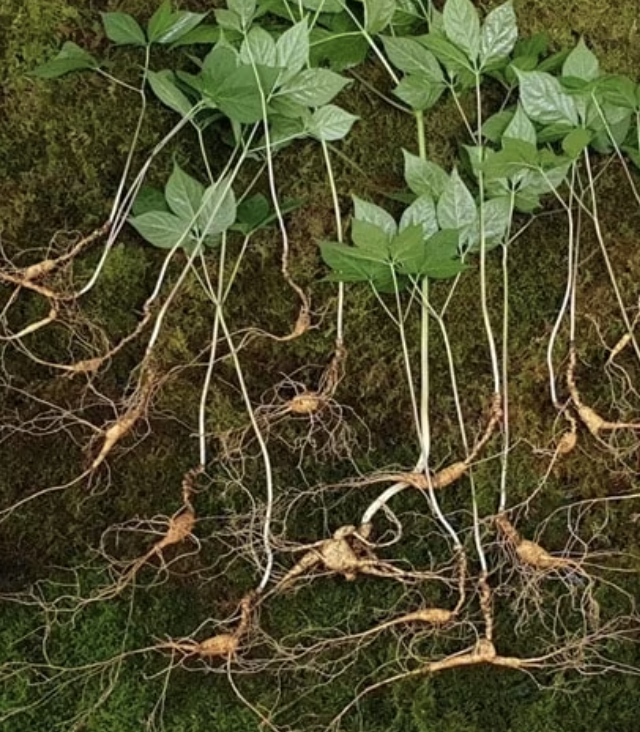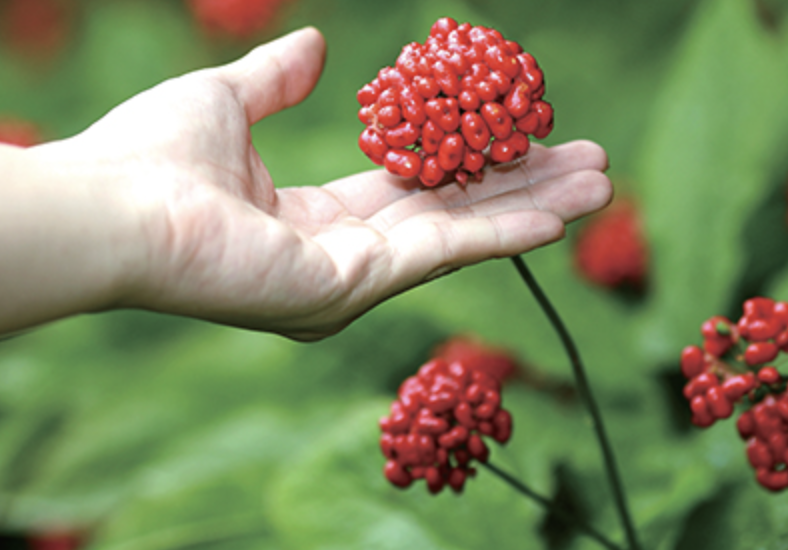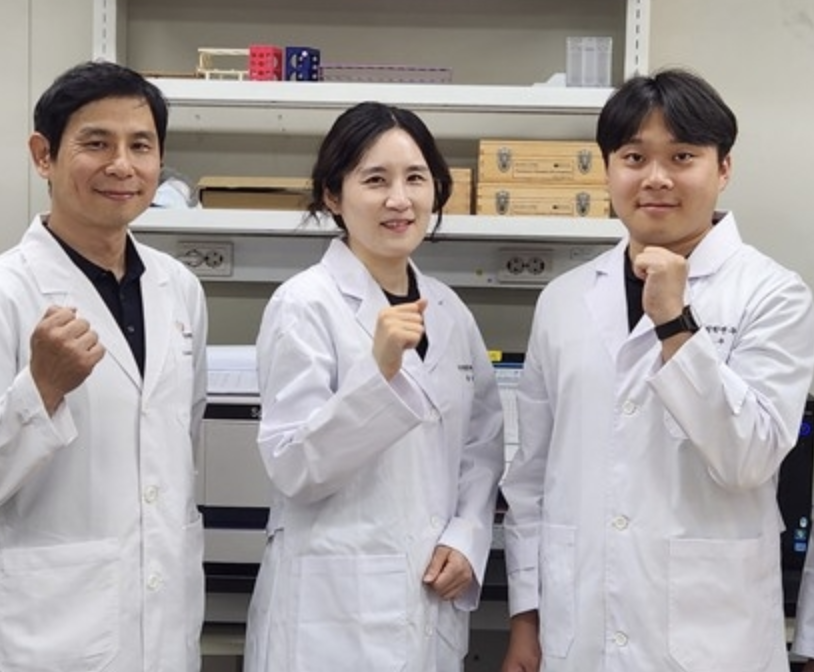Panax ginseng (Asian or Korean ginseng) is a revered herbal medicine known for its adaptogenic, antioxidant, and immunomodulatory benefits. Within this species, two primary types exist:
Wild ginseng (sansam): naturally grown in forests, aged 10–20+ years
Cultivated ginseng: farm-grown under controlled agricultural conditions, typically harvested after 4–6 years
While botanically identical, research indicates potential pharmacological differences—especially in secondary metabolites such as ginsenosides, antioxidants, and phenolics—which may translate into distinct health effects.
👉 Wild Ginseng Root – Buy the Best Nature Offers
2. Botanical and Chemical Profiles
A study comparing wild and cultivated ginseng revealed:
Total saponin (ginsenoside) content is similar, but composition differs significantly
Wild ginseng features unique minor ginsenosides such as Rg3, Rh2, and rare C‑Mc1—linked to stronger anti-aging and immune effects
Wild-harvested plants exhibit higher phenolic and polysaccharide levels due to environmental stress factors, boosting their antioxidant properties
3. Antioxidant Comparison
In Korean studies:
Wild, mountain-grown, and cultivated ginseng were tested using TAC and ORAC assays. Wild ginseng showed the highest antioxidant capacity, followed by mountain-cultivated, then cultivated types
Cell culture and animal models reinforce these findings: wild ginseng more effectively boosts antioxidant enzymes (SOD, catalase, GSH-Px) and reduces markers of oxidative stress
4. Efficacy in Cardiovascular and Cellular Health
A zebrafish angiogenesis study compared mountain-cultivated (MCG) and garden-grown (GG) ginseng, showing MCG (closer to wild) significantly increased vessel growth and expression of HIF‑1α/VEGF pathways, while reducing TNF‑α, IL‑6, and IL‑1β—indicating more powerful cardiovascular benefits
5. Health Implications: Why Does It Matter?
Immune support & anti-aging: Unique ginsenosides (like Rg3, Rh2) found in wild ginseng have stronger immunostimulatory and anti-senescence effects
Antioxidant vitality: Wild ginseng's higher phenolic content safeguards cellular health more robustly
Stress resilience: Natural habitat stress prompts the plant to produce phytochemicals that support human adaptation to oxidative challenges
6. Debating the Differences: Is Sansam Truly Better?
Scientific caution is warranted:
Some experts argue wild and cultivated ginseng are phytochemically comparable, with price premiums driven more by rarity
Genetic studies show cultivated varieties share DNA with wild populations, suggesting species-level similarity
However, environmental stress—rather than genetics—appears to drive wild ginseng's potency
7. Integrating Ginseng into Daily Wellness
For longevity and vitality, consider:
Long-term intake: Red or fermented ginseng (2–3 g/day) consistently improves immunity, antioxidants, and stress resilience
Wild or mountain-simulated forms: Ideal for users seeking higher bioactive extracts (e.g., Rg3, Rh2)
Cultivated ginseng: Still delivers significant benefits, particularly when ethically sourced and standardized
Choose products with verified ginsenoside profiles and traceable origins
8. Safety and Usage Recommendations
Ginseng—including wild—has a long safety record with mild side effects (e.g., insomnia, mild digestion issues) at recommended doses
Start with moderate doses, cycle intake, and consult a healthcare provider if taking medications
Check for quality certification, standardized extracts, and lab-verified ginsenoside levels
Conclusion
Wild versus cultivated ginseng offers a complex balance:
Wild ginseng may provide superior antioxidant and immunomodulatory effects due to its high phytochemical diversity and stress-induced potency
Cultivated ginseng is more accessible, sustainable, and consistent in composition
Both support long-term health—choose based on your wellness goals, budget, and preference for traditional sourcing
📝 Blog-Style SEO Article (E‑E‑A‑T Compliant)
Wild Sansam vs. Cultivated Ginseng: What's the Real Difference?
Panax ginseng comes in two forms: wild (sansam) and cultivated, both beneficial but distinct.
🌿 Phytochemical Richness
Studies using TAC/ORAC tests show wild ginseng has the highest antioxidant capacity, followed closely by mountain-grown, with cultivated trailing . Wild roots contain unique ginsenosides (Rg3, Rh2, C‑Mc1), phenolics, and polysaccharides—absent in cultivated types
❤️ Health Advantages
Greater antioxidant protection, ideal for reducing oxidative stress
Enhanced immune modulation from rare ginsenosides
Cardiovascular support, including angiogenesis and inflammation control, as seen in zebrafish models 🧐 Expert Perspectives
While some argue benefits are similar at physiological doses , the resilience built in wild environments results in stronger secondary metabolites with health benefits .
💡 Usage Tips
For daily wellness: cultivated ginseng (2–3 g/day of red or fermented extract) is effective and trusted
For deep antioxidant and immune benefits: wild or mountain-grown forms offer enhanced potency
Always choose certified, standardized formulations, and use cyclical intake to maintain effectiveness
#ginseng #wildginseng #cultivatedginseng #Pharmacology #antioxidants



